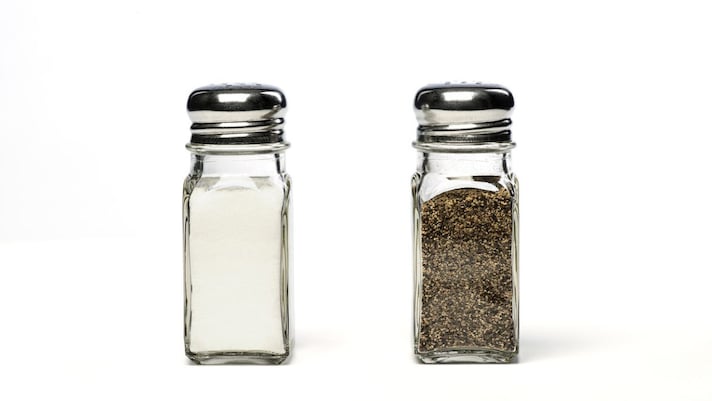
Salt and pepper shakers are essential staples on dining tables worldwide, yet there remains a persistent culinary conundrum: which shaker has more holes, and how do you recognize them? Let's find out, by settling this debate once and for all.
Which Shaker Has the Most Holes?
The question of which shaker has more holes—salt or pepper—has sparked many debates. Traditionally, the salt shaker has more holes than the pepper shaker. This is based on the idea that salt is used more frequently and in larger quantities than pepper. The logic follows that more holes allow for a greater volume of salt to be dispensed with each shake. However, this convention can vary depending on cultural preferences and individual designs.

Salt: Two or Three Holes?
Does salt go in the shaker with two holes or three? Generally, salt shakers feature more holes, typically three or more, to accommodate the heavier use of salt in cooking and seasoning. This design allows for a more efficient flow of salt, ensuring that dishes are adequately seasoned without requiring vigorous shaking. In contrast, pepper shakers often have fewer holes—typically one or two—to provide a more controlled sprinkle, given that pepper is usually used in smaller amounts.
Are The Holes Always the Same?
The number of holes in salt and pepper shakers can vary widely based on design and manufacturer. As a rule of thumb, salt shakers usually have at least three holes, sometimes more, to facilitate a generous pour. Pepper shakers, aiming for a more measured distribution, often have fewer holes, usually one or two. This distinction helps manage the flow of each seasoning, ensuring the right amount lands on your food rather than creating a snowy mountain of salt or a peppery avalanche.

How to Recognize the Right Shaker
So, how do you recognize the right shaker without resorting to a taste test? One method is to count the holes: more holes typically mean it's for salt, and fewer holes mean it's for pepper. Additionally, many shaker sets come with identifying marks or labels, such as an "S" for salt and a "P" for pepper. Some shakers are designed with different sizes or shapes to help users distinguish between them at a glance. If all else fails, shaking each over your hand can reveal which is which without ruining your meal.
;Resize,width=767;)
